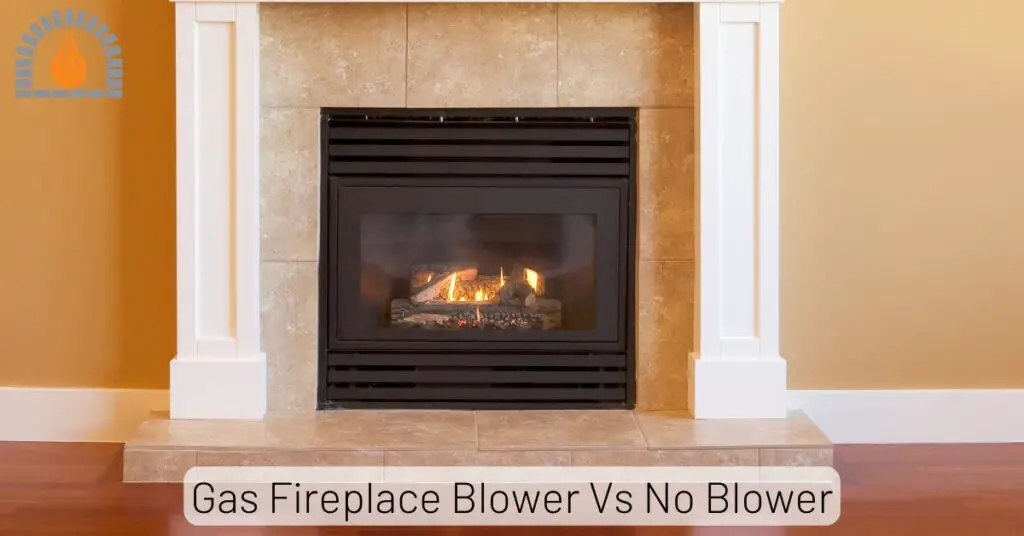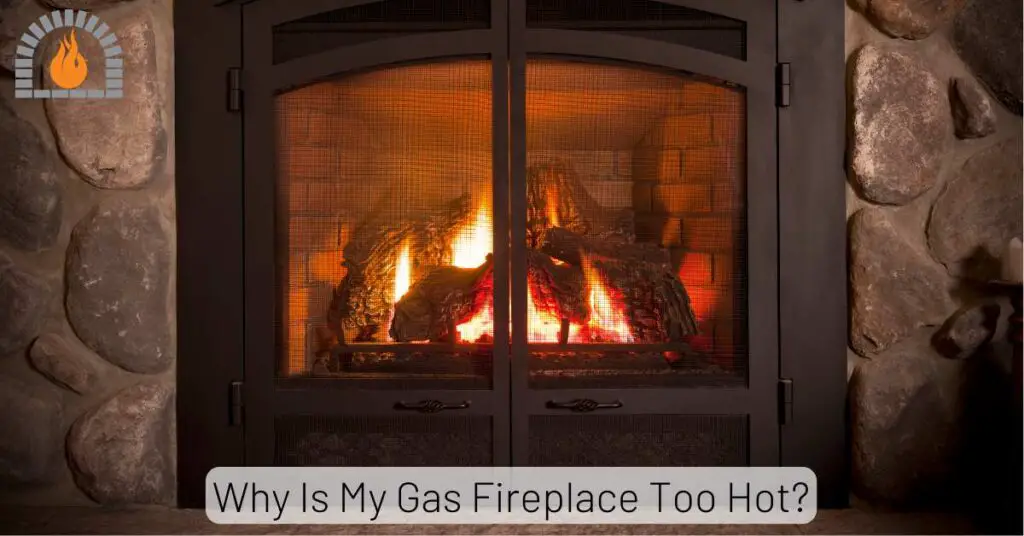Gas fireplaces have become favored among homeowners looking for a practical and effective heating solution. Nevertheless, there is a growing concern surrounding the potential health repercussions linked to the utilization of gas fireplaces, with headaches being a notable point of contention.
Can Gas Fireplaces Cause Headaches?
Yes, gas fireplaces can potentially cause headaches, especially if they are not functioning properly or if there is inadequate ventilation. Incomplete combustion of natural gas can produce carbon monoxide (CO). At lower levels, exposure to carbon monoxide can cause symptoms like headaches, dizziness, nausea, and confusion.
The incomplete combustion of natural gas can produce carbon monoxide (CO), which can be harmful or even deadly in high concentrations.
Gas Fireplace Emissions
Gas fireplaces burn natural gas or propane to produce heat and light. While they are generally considered cleaner and more efficient than traditional wood-burning fireplaces, they are not without their own set of emissions.
Incomplete combustion or improper venting can release pollutants into the indoor air, including carbon monoxide (CO), nitrogen dioxide (NO2), and particulate matter.
Why Gas Fireplaces Cause Headaches?
If a gas fireplace isn’t burning efficiently, it can produce byproducts like carbon monoxide (CO) and nitrogen dioxide (NO2), which can be harmful in high concentrations. These gases, when inhaled, can lead to symptoms like headaches, dizziness, nausea, and, in severe cases, can be life-threatening.
Gas fireplaces can sometimes cause headaches due to several factors:
1. Incomplete Combustion
If a gas fireplace isn’t burning efficiently, it can produce byproducts like carbon monoxide (CO) and nitrogen dioxide (NO2), which can be harmful in high concentrations. Inhaling these gases can lead to symptoms such as headaches, dizziness, and nausea. In severe cases, exposure can be life-threatening.
2. Ventilation Issues
If the fireplace is not adequately ventilated, these harmful gases can accumulate in the room. Even a well-vented gas fireplace can cause problems if a home is tightly sealed, as it can create negative pressure that draws outside air in through small openings, potentially pulling in exhaust gases.
3. Chemical Emissions
Gas fireplaces may emit low levels of pollutants, including volatile organic compounds (VOCs) and delicate particulate matter, contributing to indoor air pollution and health problems.
4. Sensitivity to Chemicals
Some individuals may be more sensitive to the chemicals emitted by gas fireplaces, making them more prone to headaches and other symptoms.
5. Improper Installation
If the gas fireplace is not installed correctly, it can lead to ventilation problems or gas leaks, contributing to indoor air quality issues.
Related Post: Why Gas Fireplaces Take Longer to Ignite?
Particulate Matter and Air Quality

Particulate matter, consisting of tiny particles suspended in the air, can also be released by gas fireplaces. These particles have the potential to irritate the respiratory system, potentially leading to the development of respiratory illnesses over time.
Moreover, individuals with pre-existing lung conditions can exacerbate existing symptoms, compromising their respiratory health.
Preventing Gas Fireplace-Related Headaches
To mitigate the risk of headaches and other health concerns tied to gas fireplaces, it is imperative to prioritize correct installation and regular maintenance. This ensures optimal performance and safety.
Proper installation and regular maintenance includes regular inspections of the fireplace and its venting system and promptly addressing any signs of incomplete combustion.
Improving Indoor Air Quality
In addition to proper maintenance, there are several steps homeowners can take to enhance indoor air quality. This may include using a high-quality air purifier, ensuring adequate ventilation, and keeping living spaces well-ventilated.
Safety Guidelines for Using Gas Fireplace
- Schedule annual inspections and maintenance by a qualified technician.
- Ensure proper ventilation to prevent harmful gas buildup.
- Install carbon monoxide detectors near the fireplace and in sleeping areas.
- Keep flammable materials away from the fireplace.
- Install a protective safety screen.
- Regularly check for gas leaks.
- Follow the manufacturer’s instructions.
- Avoid overloading the fireplace with excessive materials.
- Monitor air quality for unusual odors or irritation.
- Use only the recommended type of gas.
- Supervise the fireplace when in use, especially with children or pets.
- Have an emergency plan in place.
Related Post: Is A Gas Fireplace More Efficient Than Furnace?
Final Thoughts
While gas fireplaces offer a convenient and efficient way to heat a home, it’s essential to be aware of the potential impact on indoor air quality.
Proper installation, routine maintenance, and supplementary steps to improve air quality can effectively reduce the likelihood of experiencing headaches and other health problems associated with gas fireplaces.
By taking these precautions, homeowners can enjoy the warmth and ambiance of their fireplace while prioritizing their well-being.
Affiliate Disclosure: Fireplaceadviser.com is a participant in the Amazon Services LLC Associates Program. We may earn a commission when you click on certain links on this site and purchase.

Hello!! I am Jamal Khan. I often fix my home electric heaters and gas stove problems and research the common issues in the heating units to improve my knowledge and expertise. The aim of establishing fireplaceadviser.com is to share my expertise and knowledge with my audience.






